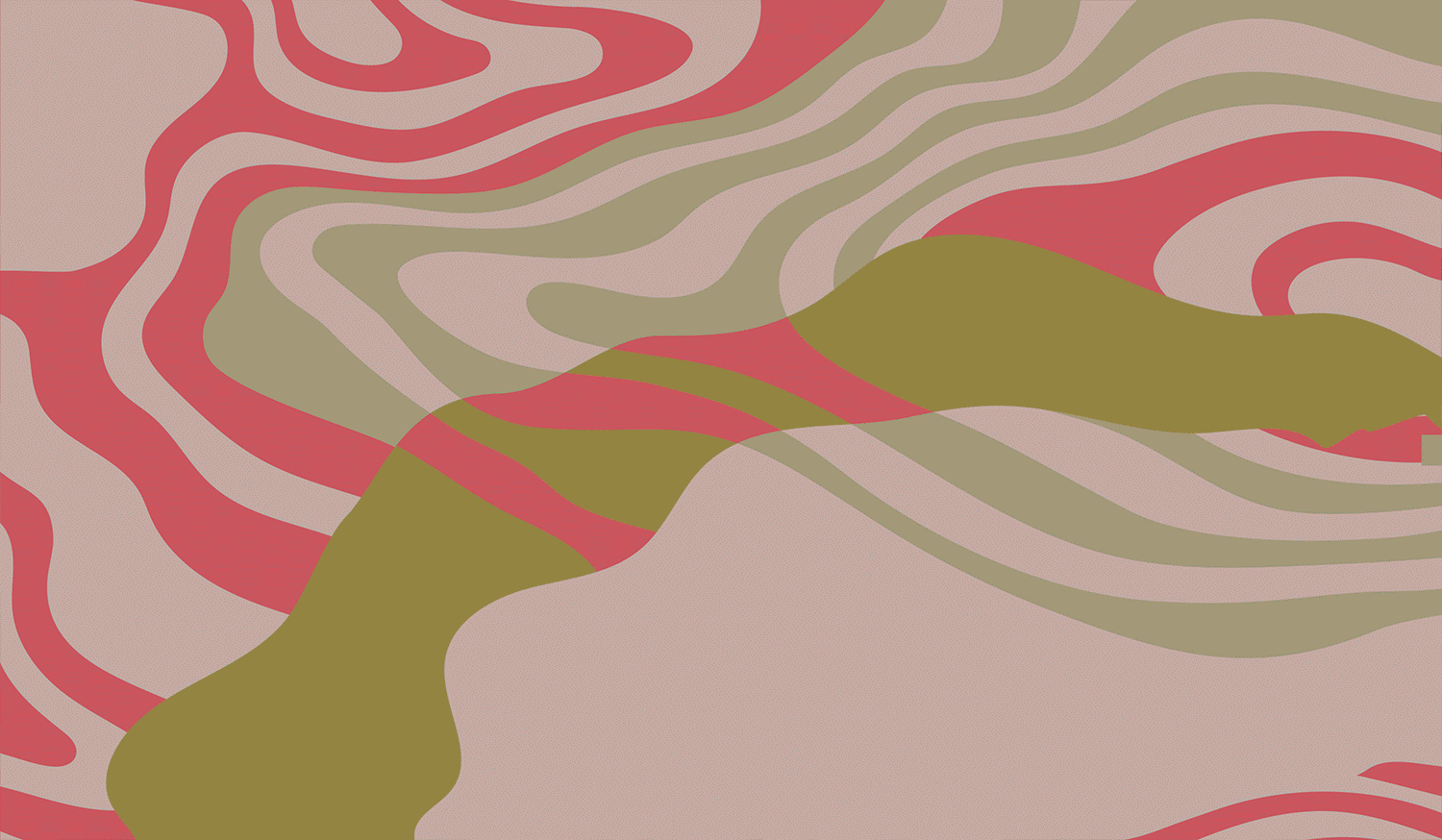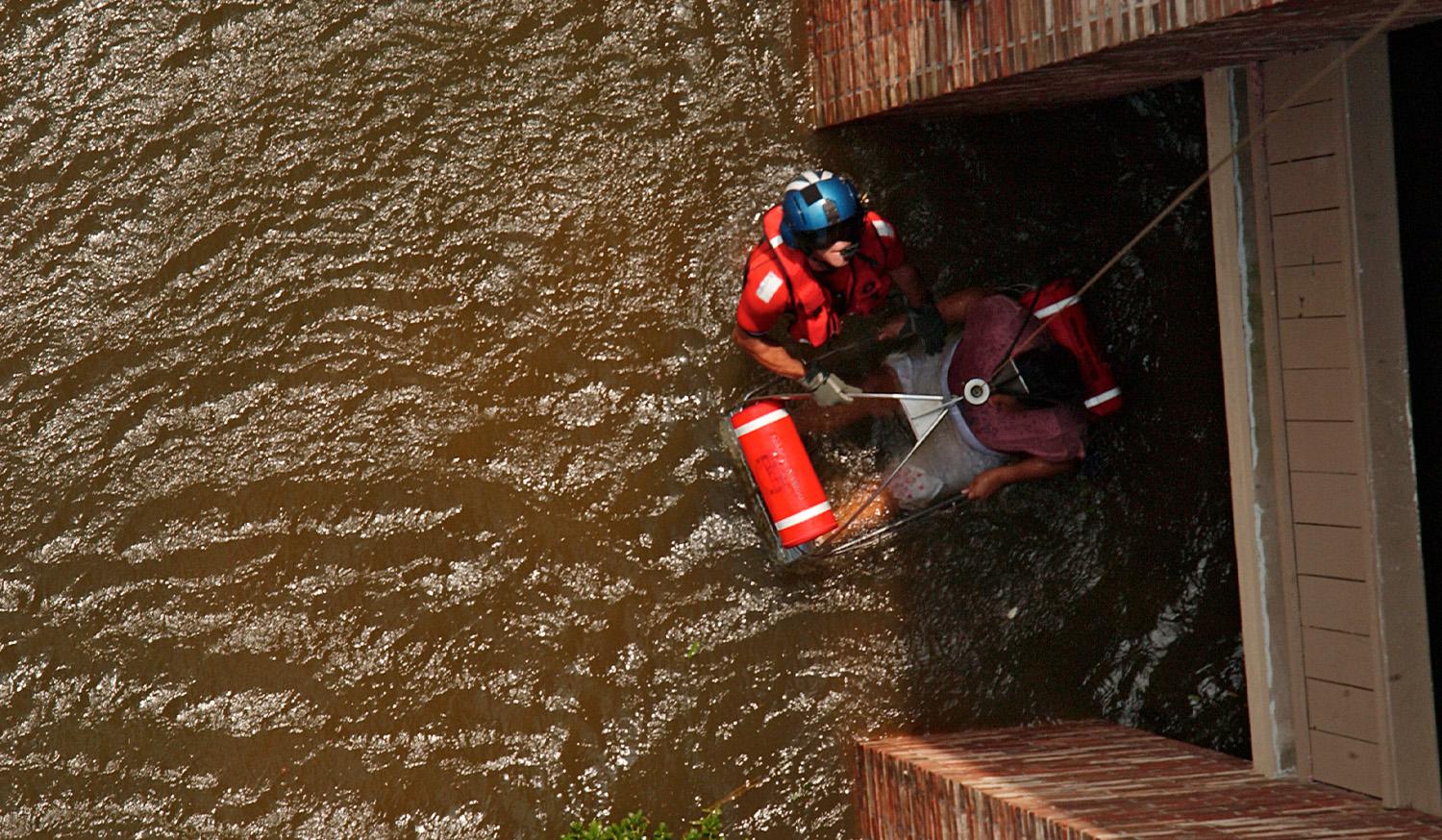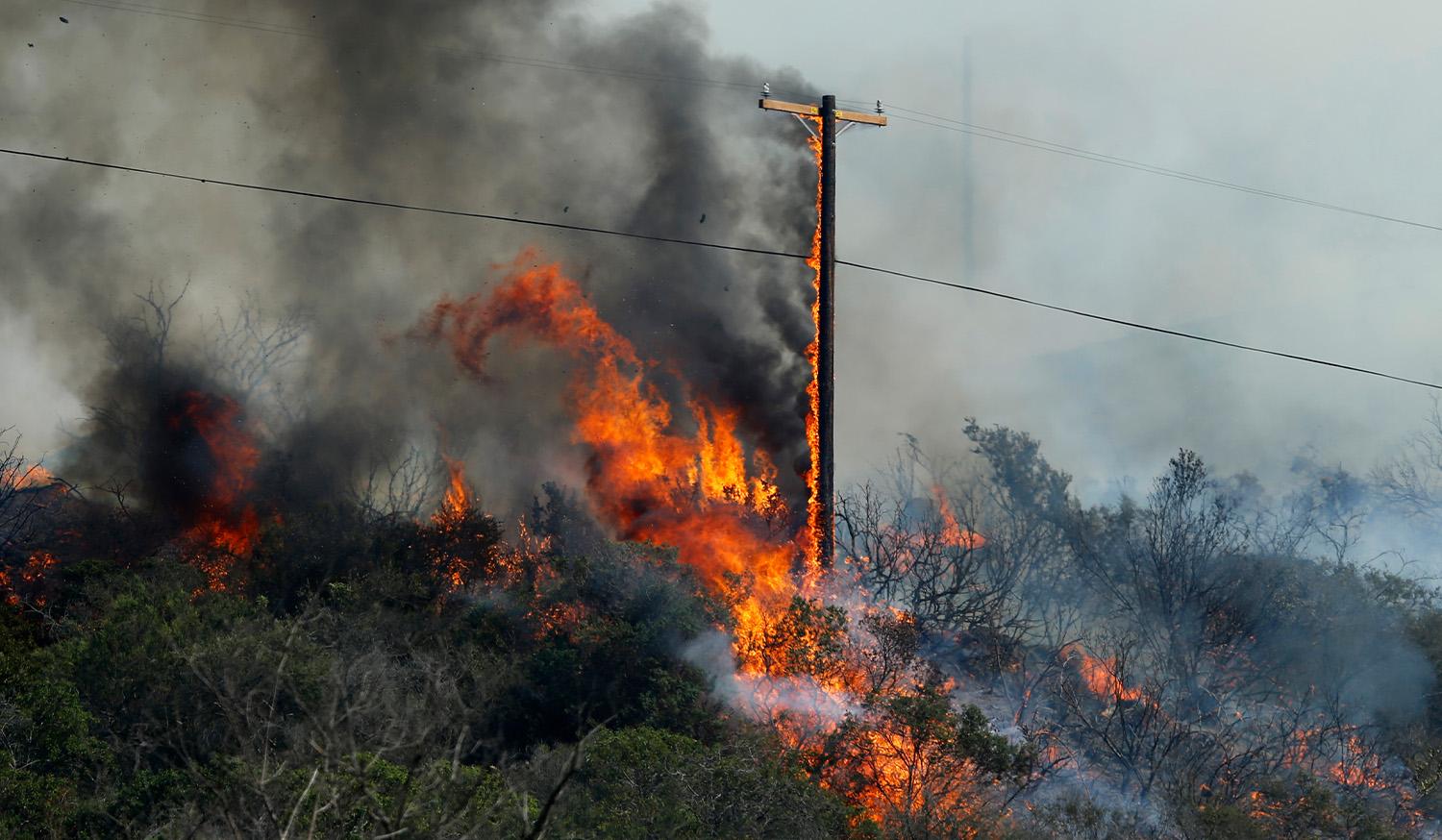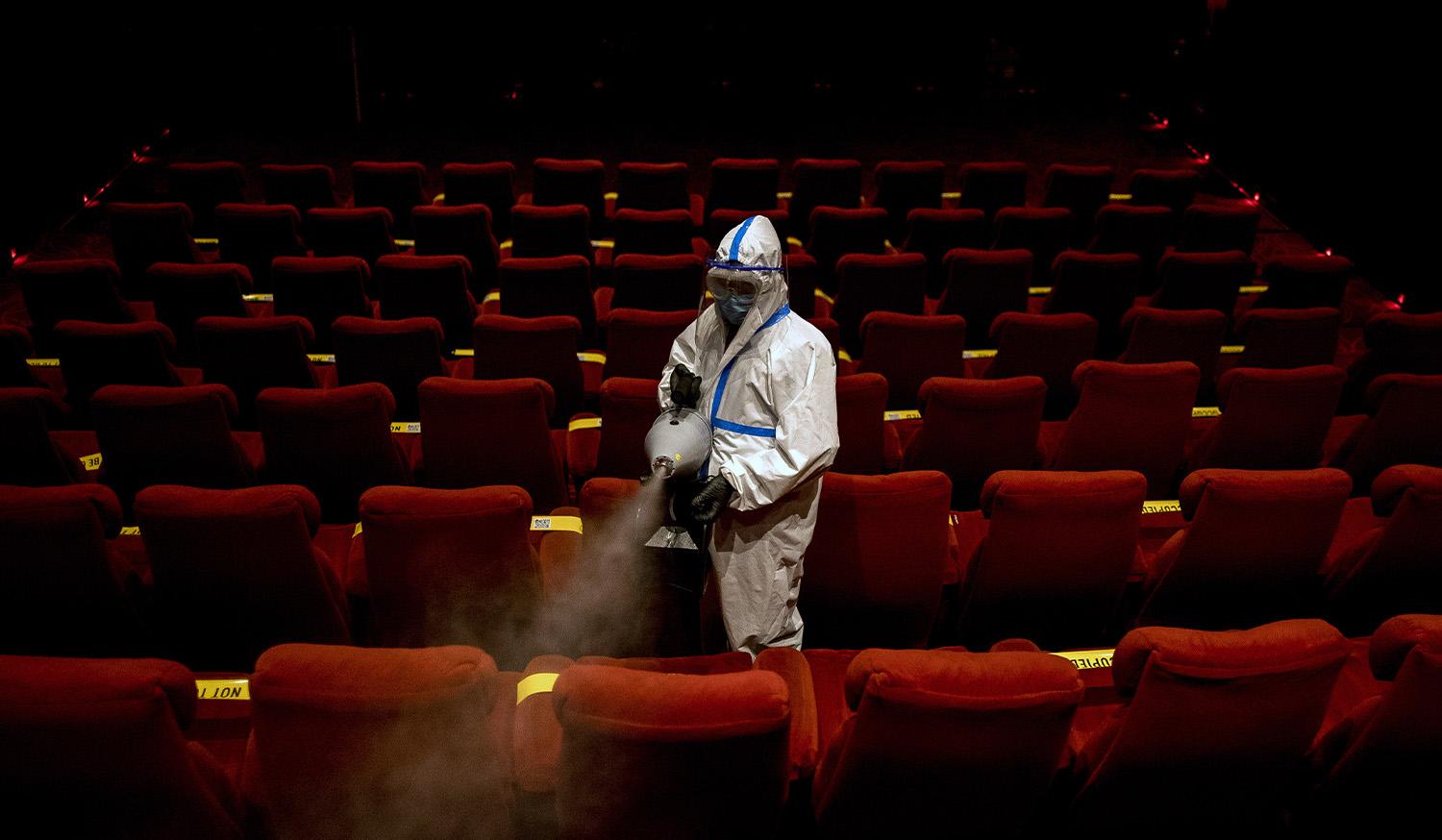Ethan Yang, associate professor of civil and environmental engineering, is collaborating with Florida Atlantic University, and the University of Tokyo and Kyoto University, both in Japan, to develop an inclusive human-centered methodology comparing similarities and differences in how the United States and Japan deal with disasters and mitigate them. Funded by the National Science Foundation, the project will mainly look at flooding, which often causes the most extensive damage to communities, Yang said.
David Casagrande, an anthropology professor, is studying U.S. Census data from 2000 and 2010 to examine how neighborhoods in New Orleans changed as a result of Hurricane Katrina in 2005. The data helps illustrate “social vulnerability,” that is, which members of a population may be more vulnerable and have less resilience to recover after a disaster, he said. That could be influenced by factors such as race, age, income and whether the person is a homeowner or renter.
“You can’t just treat the population as homogenous if you really want to understand,” said Casagrande, who is assisted by a graduate researcher. “You have pockets of poverty, and other issues that are going to affect a community’s ability to recover after a disaster.”
The catastrophe modeling team was a clear frontrunner among proposals for the designation as a University Research Center because, in addition to their exciting work, they were among the most established teams to submit a proposal, Packer said.
“Paolo is very impressive as a leader and he has a vision, and he and his team have been working toward this for quite a few years now,” he said. “This is not something that happened overnight. They’ve really been working toward creating a center-like structure.”
What is Catastrophe Modeling?
Catastrophe Modeling, or CatModeling, attempts to predict the likelihood of potentially catastrophic events, such as natural disasters, pandemics, financial crises, as well as political unrest and the associated risks that include financial losses, damage to buildings and other infrastructure.
CatModeling is particularly important for insurance companies who often cover the cost of disasters. The speed with which insurers can make payments can impact the long-term recovery of a region. Despite the importance of CatModeling, the field has not previously been treated as a traditional discipline explored systematically in academia.
While the private sector has moved forward research in CatModeling, it can benefit from stronger collaborations with the fundamental and interdisciplinary research done in academia, Bocchini says. The Center for Catastrophe Modeling and Resilience envisions a thriving University Research Center that expands the role of academia in CatModeling and interacts with major stakeholders in industry, government and researchers at other universities to address the most relevant problems in the field.
Some of these problems are related to the influence of climate change on catmodels, rapid response and recovery after disasters, as well as climate, environmental and social justice applied to disaster resilience.
Resilience refers to a community’s ability to withstand and recover from a disaster. The role insurance companies play in resilience is critical, Bocchini said.
“Insurance companies are really fueling the recovery effort,” he said. “Making sure that they are still in the black after these events, and they can provide resources, is important. In the past, we had examples where some insurance companies went bankrupt before catastrophe modeling became a science.”
Center researchers have decided to continue their efforts from a public sector perspective, but also add new focus on the private sector, specifically the insurance industry, he said.
Bocchini’s background is in probabilistic modeling applied to civil engineering. Since his early research years, Bocchini has applied probabilistic modeling to natural disasters.
“I saw students get immediately excited when I pitched this type of application, because we are dealing with the biggest threats to our society,” Bocchini said. He and his colleagues realized such models could be applied to other events as well. They began trying to predict epidemics before the COVID pandemic hit.








